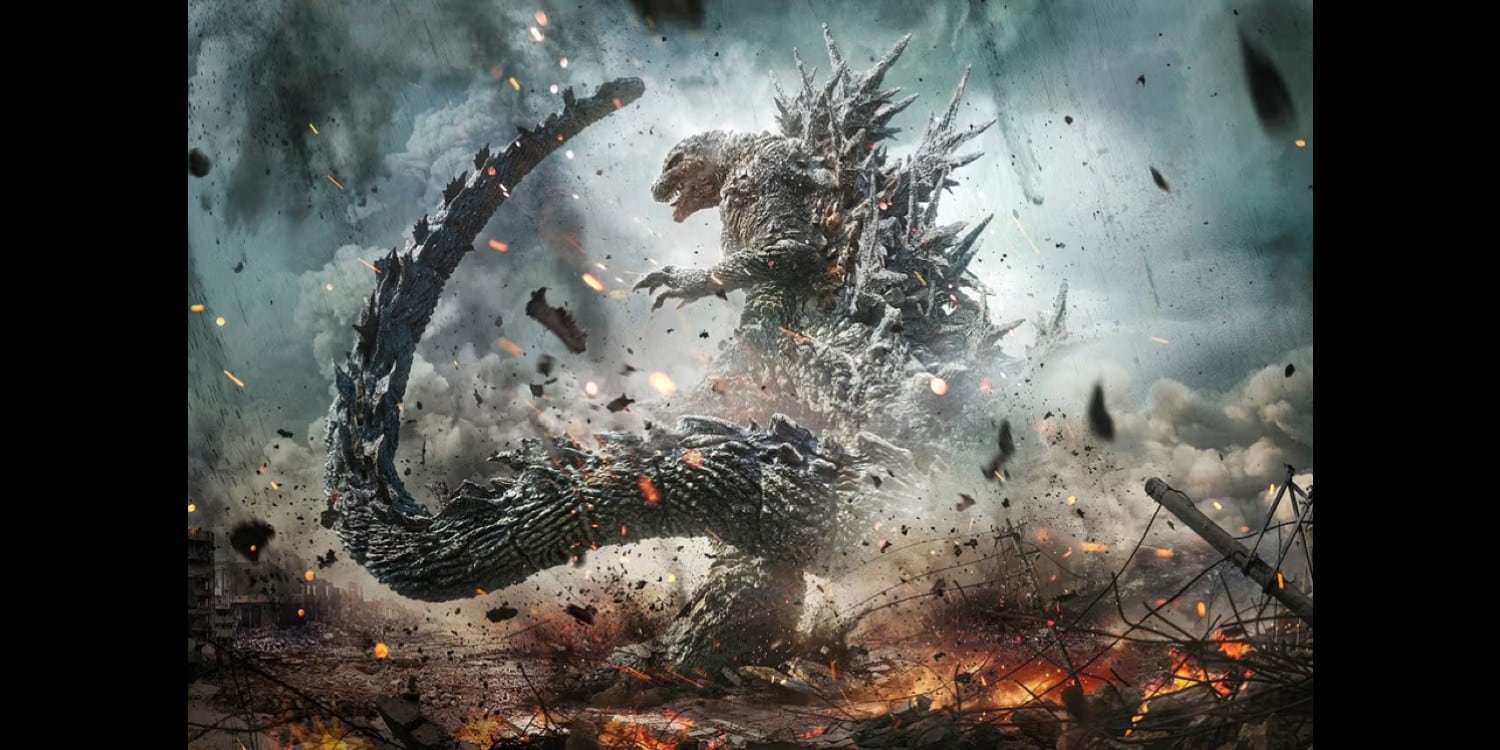| Key Takeaways |
|---|
| 1. A reimagining that goes back to Godzilla's World War II roots |
| 2. Godzilla's redesign and ferocious personality make him feel like more of a threat than ever before |
| 3. A relatable human story with a relatively deep examination of the protagonist's psyche |
A Grim Reimagining

Godzilla Minus One marks the first Japanese Godzilla release since 2016's Shin Godzilla. That film swept the Japanese Academy Awards and gave international audiences a fresh and inspired (and much-needed) reboot for the Godzilla series. While Shin Godzilla's open-ended conclusion had some fans clamoring for a direct follow-up, producer/distributor Toho had more ambitious plans. They hired acclaimed director Takashi Yamazaki and essentially gave him full creative control to “reboot” the series yet again. Yamazaki's idea was to tell a Godzilla story taking place at the tail end of World War II with no ties to any other Godzilla film.
So what exactly does the “Minus One” in the title mean? According to Yamazaki, “The film depicts an existence that gives unprecedented despair.” The film begins with Japan at a low point at the end of World War II, and Godzilla's devastation demoralizes the nation even further, hence “Minus One.” Having already directed a period piece with an imaginary Godzilla sequence in his 2007 film Always: Sunset on Third Street 2, Yamazaki already had a bit of a head start with his reimagining of the series. Along with writing and directing, Yamazaki also supervised the special effects, stretching a reported $20M budget to make one of the most visually-striking films in the franchise.
Revisiting Godzilla's Roots
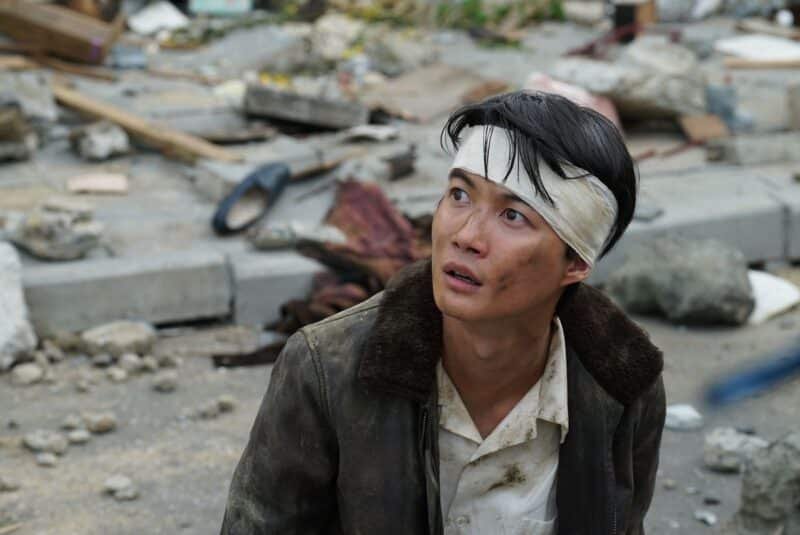
The plot of Godzilla Minus One focuses heavily on one man – a young Navy kamikaze pilot named Koichi. Choosing life over a suicide attack in the final days of the war, Koichi lies about needing repairs and lands on Odo Island, where his story is met with skepticism by the Navy mechanics who are posted on the island. The mechanics' shunning of Koichi doesn't last long, however, as the island is beset by a dinosaur-like creature, who a mechanic identifies as a a local folklore creature named Godzilla. The head mechanic, Tachibana, pleads with Koichi to shoot Godzilla with his plane's gun, but Koichi seizes up in fear, watching in horror as everyone but himself and Tachibana are brutally killed by the monster.
Suffering from guilt both from abandoning his mission and abstaining from shooting Godzilla, Koichi finally returns home after the war to even more depressing developments. His district in Tokyo suffered heavily from air raid bombing, resulting in his parents' deaths. Making matters worse, his neighbors are disgusted by his inability to sacrifice himself during the war, and he ends up reluctantly housing a young woman and an orphaned infant. The woman, Noriko, gravitates toward Koichi, but any potential romantic connection is snuffed by Koichi's guilt and self-loathing. Nonetheless Koichi, Noriko, and the infant, Akiko, function as a traditional family for the most part for many months.
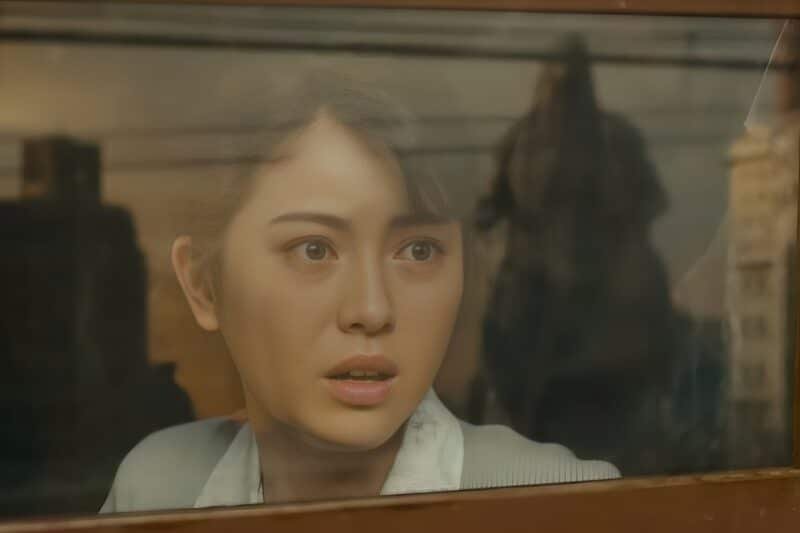
Koichi takes up a well-paying job on a minesweeper boat, where he meets an eccentric group of men – most notably a scientist named Kenji Noda. The boat's crew is eventually tasked with investigating a wrecked ship, where they encounter a very ticked off Godzilla, whose size rapidly increased as a result of nuclear bomb testing at Bikini Atoll. An attempt to blow Godzilla up with mines reveals that the creature also possesses regenerative capabilities, and the minesweepers are forced to retreat to land. As any good Godzilla fan would expect, what follows is a devastating attack on Tokyo by a Godzilla who is far more aggressive and vicious than most iterations. With the government's hands tied by post-war US-Soviet tensions, the task falls to private citizens to hatch a plan to take down the monster once and for all.
How Much Godzilla is in Godzilla Minus One?
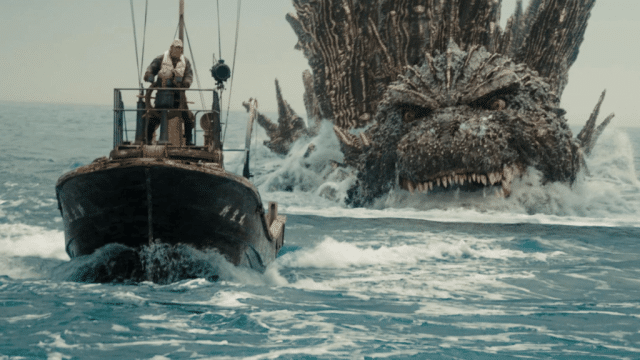
As you have likely surmised, Godzilla Minus One is heavily focused on human drama. This doesn't mean that the King of the Monsters takes a back seat, however, as his presence is felt through the entirety of the film. Koichi's psychological state is severely impacted by his initial encounter with the monster, who increasingly seems like a manifestation of his inner demons. Every attempt by Koichi to find self-acceptance is crushed by Godzilla as if it were one of the cars lining the streets of Tokyo. While there aren't a lot of scenes with Godzilla destroying Japan, what is there is shockingly devastating.
Godzilla's attack on Tokyo appropriately contains several nods to the 1954 original, and as such will make just about anyone think twice the next time they have to take a train ride. Godzilla stomps on citizens as if they're ants, tosses cars about like ragdolls, and cuts through buildings with his tail as if they were butter. And once you see those spines begin to glow and retract, you know it's time to buckle up. Godzilla's atomic breath attack in this film is a sight to behold and somehow even more terrifying than it was in Shin Godzilla. The film also focuses more on Godzilla's underwater prowess, with one scene evoking a classic sequence from Steven Spielberg's Jaws.
Historical Considerations
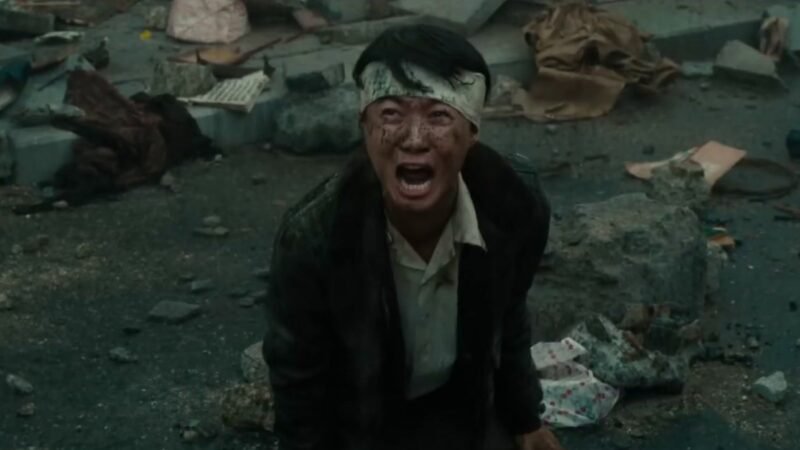
Believe it or not, Godzilla Minus One is the first period piece in the franchise's storied history. Despite the post-war setting, however, the story very carefully skirts around some sensitive issues. Most shockingly, there are no references whatsoever to the nuclear bombing of Hiroshima and Nagasaki. While it's understandable to avoid a topic that was effectively covered via allegory in previous Godzilla films, it still feels like the gorilla-whale in the room being awkwardly ignored. Despite this head-scratching decision, the script does take a firm stance against some of the Japanese government's more inhumane treatment of its citizens and combatants during the war.
Beyond the obvious historical references, Yamazaki also pays tribute to the defining classics of Japanese cinema. The quieter, “family”-driven moments of the film radiate (pun intended) with emotional maturity and clarity in a way that is rarely touched upon in a giant monster movie. I'd go as far as to say that a silent, peaceful moment between Koichi, Noriko, and Akiko is more heart-wrenching than some of the melodrama that occurs in the film's final act. Yamazaki clearly has a great deal of respect for the directors of Japan's “golden age” of cinema, with some brief-yet-poignant moments that evoke legendary films such as 1953's Tokyo Story.
Where Does Godzilla Minus One Rank in the Series?
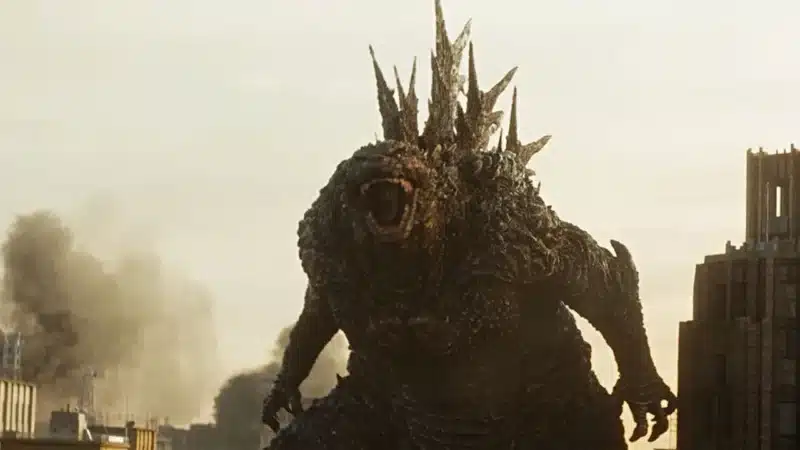
It's no secret that I like ranking things. The previous Toho Godzilla release, Shin Godzilla, just might be my favorite film in the entire series, and I'm happy to say that Godzilla Minus One is almost as good. Almost. Let's start with the good things, namely Big G himself. Godzilla's redesign is a perfect blend of old and new. Godzilla retains his bottom-heavy Showa/Heisei-era traits while adopting an intimidating, baleful glare. The computer-generated effects are highly impressive – especially when considering the relatively low budget, with Godzilla never looking distractingly fake, even in broad daylight.
This Godzilla is no sympathetic force of nature (Godzilla '54, The Return of Godzilla) nor is he a friend to children (All Monsters Attack, Godzilla vs. Hedora). Parts of his redesign and his general vindictive personality are more inspired by 2003's Godzilla, Mothra and King Ghidorah: Giant Monsters All-Out Monsters Attack (yes, that's the real title) – one of the very best standalone Godzilla films out there, in which Godzilla goes out of his way to tail-swipe a lone hospital patient. That's right everyone – jerk-ass Godzilla is back!
All aspects of the production jell together for a consistent and thoroughly entertaining experience. The cinematography and muted color palette lend the film an authentically aged feel, and the sets feel substantial and fitting for the time period. The musical score ranges from quiet, dissonant string chords to bombastic choruses accompanying Godzilla's attacks, and Akira Ifukube's iconic music from the original 1954 film and its first few sequels is used sparingly but to great effect. Last, but by no means least, the acting is phenomenal, with characters going through a rather broad spectrum of emotion.
While the film generally handles its bleak subject matter with grace, it occasionally stumbles into melodramatic territory, tugging a little too hard at the heartstrings. The final also concedes to some contrivances that diminish the emotional impact of Hoichi's emotional journey. Coupled with the aforementioned nitpicks about not acknowledging some concurrent, war-related developments, these complaints keep Godzilla Minus One from being as good as the 1954 original or Shin Godzilla for me, but I would place it just below those two in terms of quality.
Final Thoughts
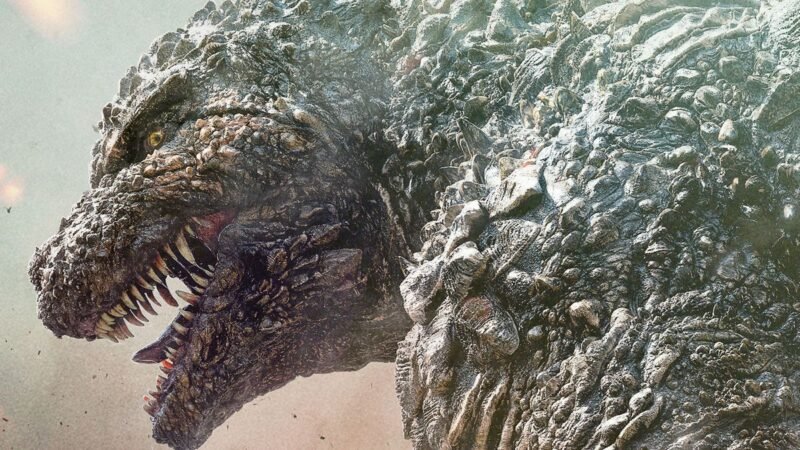
Godzilla Minus One is a phenomenal achievement that will feel both fresh and familiar to longtime Godzilla fans while also being accessible and relevant enough for those new to the series. Make no mistake that this is as serious as Godzilla gets, with the devastation caused by the protagonist's anguished psyche mirroring the destruction remaining in Godzilla's wake. It's not a “fun” film by any means, but it is serious kaiju spectacle done right, and it never loses sight of its thematic purpose. The film benefits greatly from a big-screen viewing, so don't miss your opportunity to see one of the very best monster movies ever made on the biggest and loudest screen possible.
Overall Rating: 4.5 out of 5
| Quick View | |
|---|---|
| Title: | Godzilla Minus One |
| Release Date: | December 1, 2023 |
| MPAA Rating: | PG-13 |
| Director: | Takashi Yamazaki |
| Runtime: | 125 Minutes |
| Recommended for fans of: | Big Monsters, Period Pieces, and Mass Destruction |

